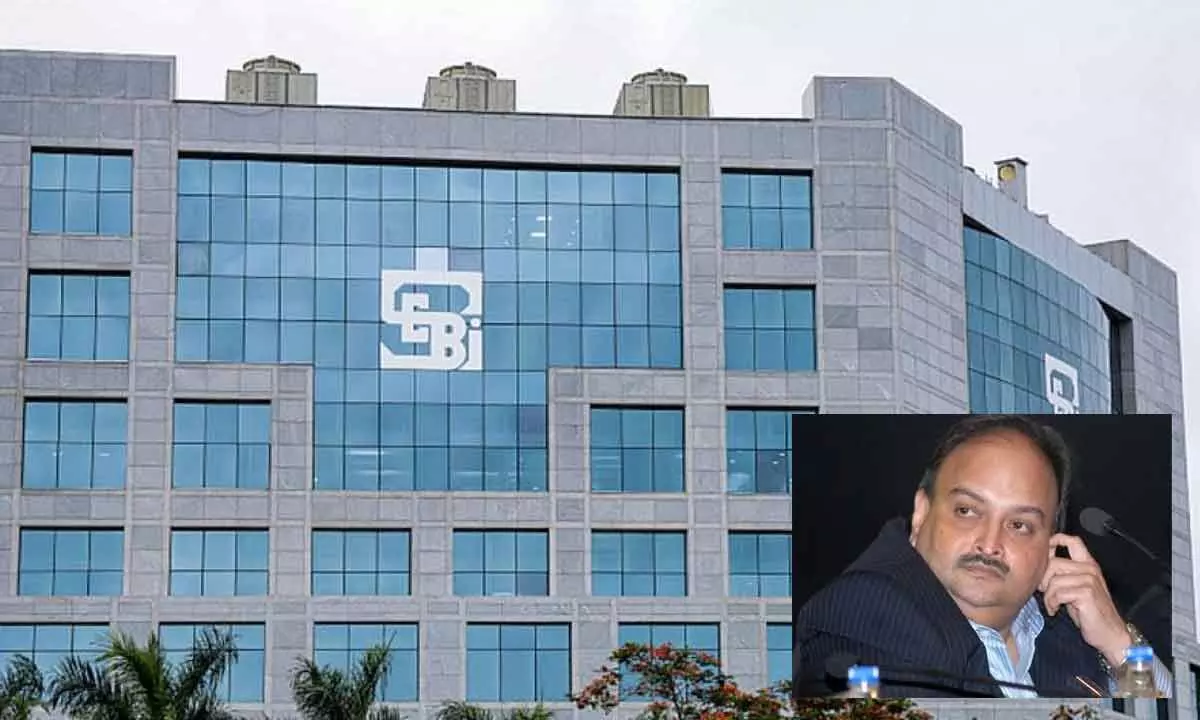Here are 10 things you should know about why SEBI wants FPIs to disclose full ownership details
image for illustrative purpose

1. SEBI's consultation paper aims to obtain additional disclosures from foreign portfolio investors (FPIs) to prevent companies from manipulating minimum public shareholding rules and to prevent indirect control of Indian companies through shell firms.
2. The proposed rules are applicable only to specific FPIs that meet certain criteria. These include FPIs with 50% of equity assets under management invested in a single Indian corporate group or FPIs that have invested over Rs 25,000 crore in the Indian stock market.
3. SEBI observed instances where promoters held more than the stipulated 75% by parking their shares with FPIs friendly to them. This reduced the free float in stocks, making them susceptible to price manipulation. By revealing ownership details, SEBI aims to uncover links between these entities and the promoter group.
4. A beneficial owner (BO) refers to an individual or entity that enjoys the benefits of ownership of an asset or property, even if the legal title is held by someone else. The BO ultimately benefits from the asset, such as receiving income, exercising control, or making decisions regarding its use or disposition.
5. An ultimate beneficial owner (UBO) specifically refers to the natural person who has the highest level of ownership or control over an entity. The UBO directly or indirectly owns or controls a significant portion of the entity's shares, voting rights, or has the ability to influence its operations and decision-making.
6. The current regulations for identifying BOs and UBOs are specified under the Prevention of Money Laundering (PML) Rules. The thresholds for identifying BOs are 10% for companies and trusts and 15% for partnerships. The rules also include individuals who exercise ultimate effective control over a legal person or arrangement as BOs.
7. The current SEBI rules on disclosure of ownership details by FPIs follow the same thresholds set under the PML rules. Designated Depository Participants (DDPs) or Custodians are responsible for identifying all ultimate owners of FPIs by examining the ownership chain and applying the threshold criteria.
8. SEBI states that FPIs are following the rules in letter but not in spirit. Beneficial owners avoid detection by keeping their stakes below the specified thresholds. While control or fund ownership details are generally disclosed, often no natural person is identified as the BO of FPIs based on economic interest, even though the same person may hold a significant aggregate economic interest through multiple investment entities.
9. To address this loophole, SEBI proposes that high-risk FPIs meeting specific criteria should disclose full details of all holders of ownership, economic, and control rights. These criteria include 50% holding in a single corporate entity or Rs 25,000 crore plus of India equity assets.
10. SEBI has classified government and government-related entities as low-risk FPIs, while Pension Funds or Public Retail Funds are classified as moderate-risk FPIs. FPIs not meeting these criteria are classified as high-risk, and the proposed rules would apply to them. The identification of beneficial owners should be done by looking beyond legal entities to natural persons or public retail funds, without applying any materiality thresholds or other secrecy laws that may be applicable in their domicile jurisdictions.

